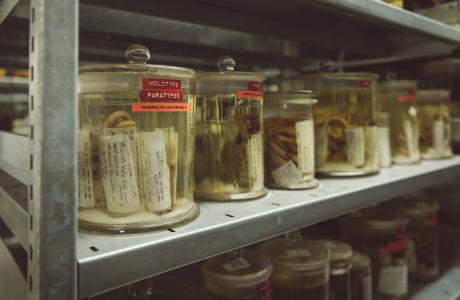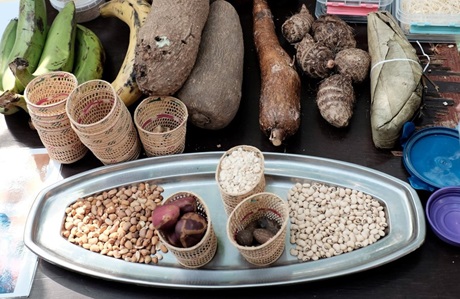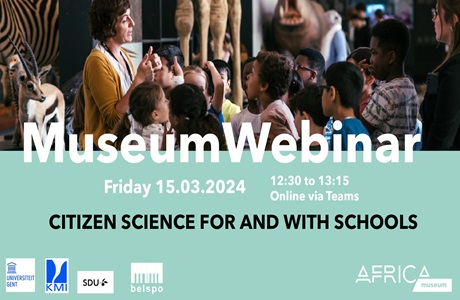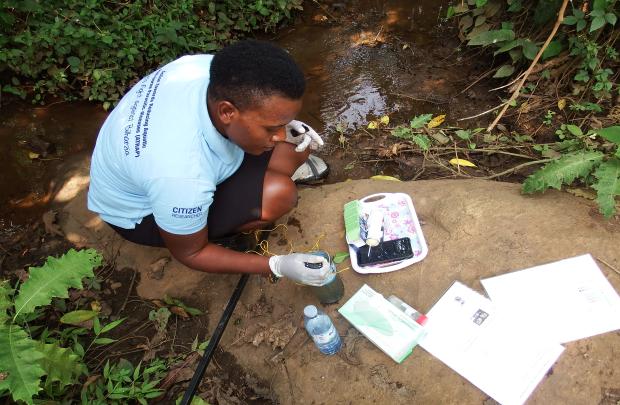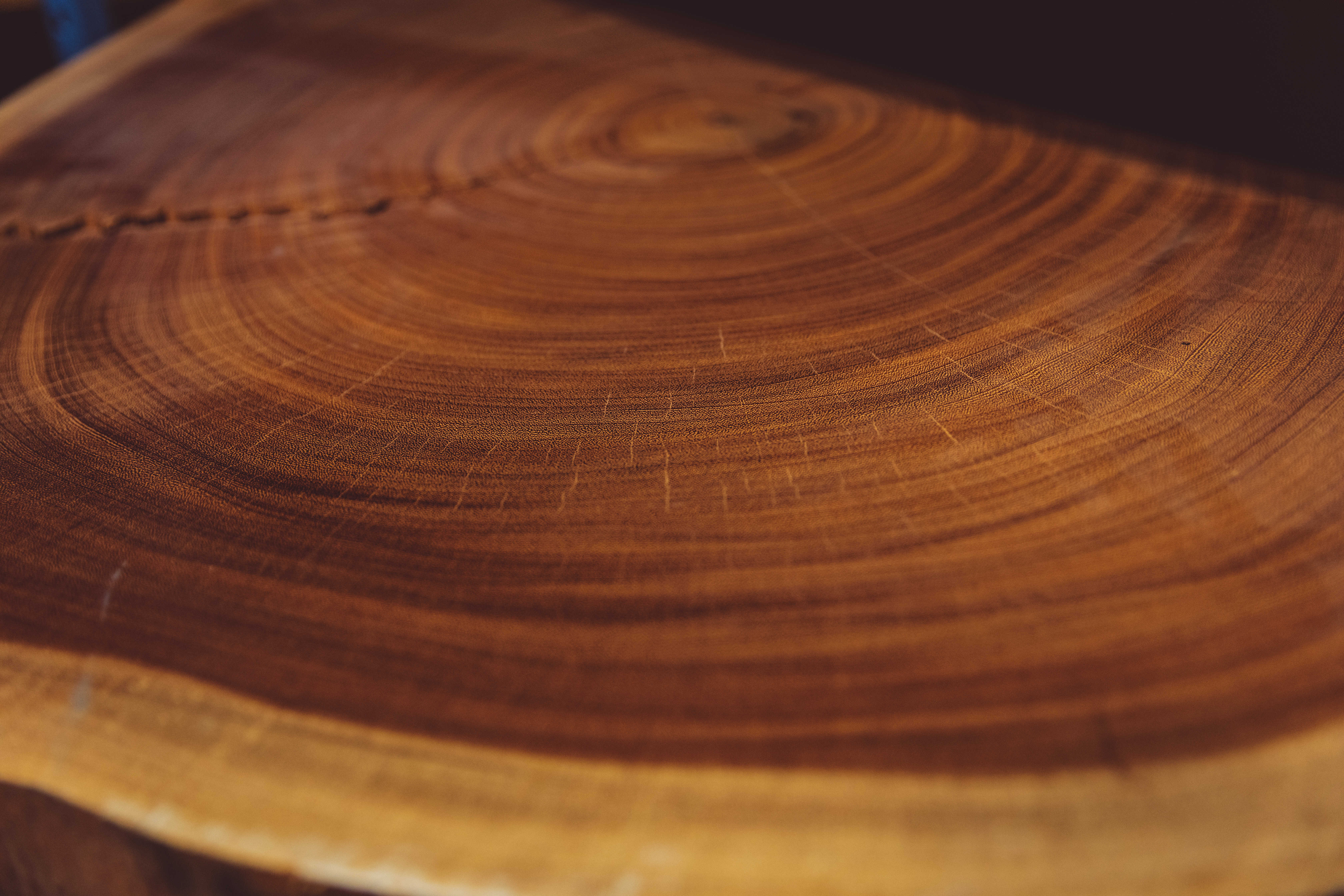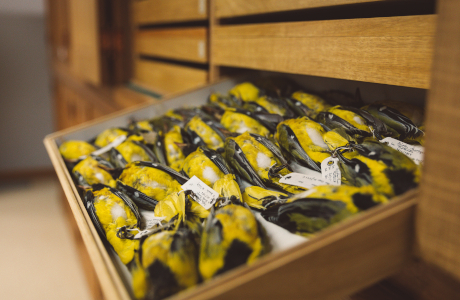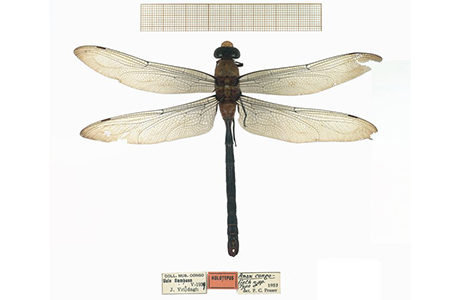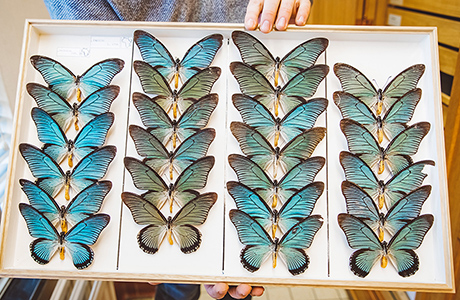Citizen science
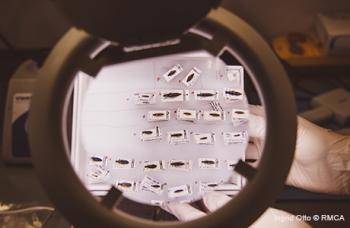
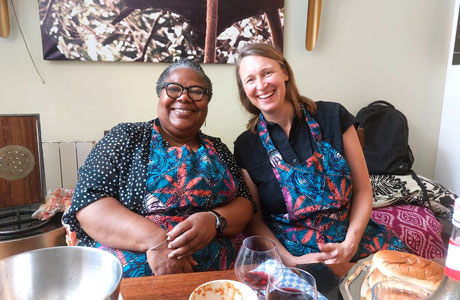
Vyakulani Diaspora Women
Vyakulani Diaspora Women is the second edition of the Vyakulani citizen science project celebrating women at the heart of African cuisine in Europe.
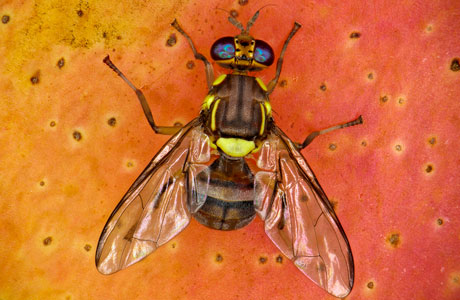
Pestfly Patrol
Monitoring action of the Oriental fruit fly (Bactrocera dorsalis) by citizens in Belgium
Our volunteer community is growing, and you can be a part of it!
Are you interested in science but have no formal scientific training? Do you want to contribute to scientific research while learning about the world around you and meeting people with similar interests? Then come join us on a journey of discovery and help us preserve our collections by contributing to research, inside the museum.
Calling all food enthusiasts: help highlight African cuisine in Belgium
Project complete!
Interest in nutritious plant-based diets is on the rise, yet African foods have not gained the recognition they deserve in Europe despite efforts to promote fair-trade food systems. For African diasporas in Europe, cooking with traditional ingredients remains a key part of their identity and heritage. However, the influence of Western lifestyles and biases against African food often echo colonial attitudes, limiting the acceptance and awareness of nutritious African foods like millet, fonio, and sorghum.
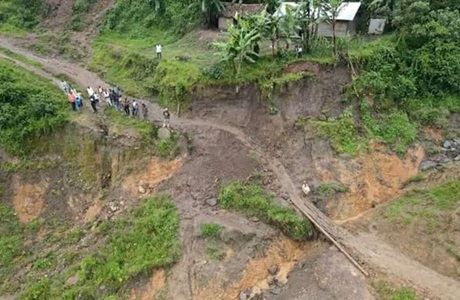
Understanding natural hazards in the Kivu region
The Kivu citizen observers report on disasters caused by landslides, floods, windstorms, hailstorms, lightning and earthquakes occurring in Kivu, a region where information was non-existent just a few years ago.
Webinar on Participatory Research
Every month, the AfricaMuseum invites you to its Lunch Webinar on Participatory Research, a series of lectures focusing on crowdsourcing, citizen science, participatory action research and co-creation. Are you a researcher, a student or an education or heritage professional with an interest in public participation in science? This monthly lunch webinar is the place where you can learn about unique participatory research projects and exchange with experts from Belgium and from abroad.
Ugandan citizen scientists fight against Bilharzia
In the fight against Bilharzia, Ugandan citizen scientists monitor snail presence in freshwater bodies. ATRAP, acronym for Action Towards Reducing Aquatic snail-borne Parasitic diseases, is an innovative research project taking place in Uganda, where 25 citizen scientists collaborate with researchers from the AfricaMuseum.
Registers of the bird collection
Help transcribing the registers of our bird collection to enrich our databases!
We manage a collection of over 150,000 bird specimens, including flat-skins, specimens preserved in alcohol, mounted specimen and skeletons, but also eggs, bird nests etc. Almost all specimens were collected in Africa.
Approximately 250 species and sub-species of birds are represented by type specimens, i.e. specimens that were used for the description of species.
The first bird specimen in our ornithology collection dates back to 1897, but written bird registers were only started in the years 1910-1920, when Belgian zoologist Henri Schouteden started working at the scientific services of the museum.
These registers have been digitized because they contain valuable information about our bird collection (localities, collectors, special observations, …), which can be added to our digital databases and thus improve collection management and serve scientific research.The Odonate collection
Project complete!
Odonata is an order of flying insects that includes the dragonflies and damselflies. The project includes 130 images of type specimens with labels. Volunteers are invited to transcribe those labels, meaning they add all type of information written on the label (taxon name, collector, year of collection, determination information) into a corresponding field to enrich the databases.
The Lepidoptera collection
Project complete!
The collection of the Royal Museum for Central Africa contains about 240,000 butterflies and about 230,000 moths. This citizen science project aims to open it up to a wider audience. Citizen scientists are invited to enrich the databases by transcribing the useful information on the labels of the specimens.
